Q: Challenges. Which of the following factors do you believe has had the biggest impact on the reinsurance market in 2015? Which is likely to be the most significant factor in 2016?
- Changing buyer appetites.
- Alternative reinsurance capital from private equity firms, hedge funds and pension plans.
- Reinsurer or insurer consolidation.
- Broker consolidation (or reinsurance broker executive changes).
- The changing A.M. Best. BCAR model.
- Something else.
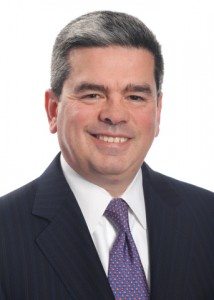 Steve Levy, President, Reinsurance Division, Munich Reinsurance America Inc.
Steve Levy, President, Reinsurance Division, Munich Reinsurance America Inc.
In 2015, alternative reinsurance capital continued to have an impact by fueling competition in some business segments. While it continues to contribute to the excess capacity in the market, the growth in alternative capital slowed in the second quarter, and many investors appear to be reluctant to offer lower rates, so we do not foresee this capital driving further significant softening in 2016.
Looking at macroeconomic risks, the prolonged low-interest-rate environment has led to a reduction in investment earnings and has increased the importance of underwriting profitability. Insurers should therefore be prepared to accept the fact that an imminent return to interest rates that prevailed prior to the financial crisis is fairly unlikely. The existence of serious risk scenarios—persistently low yields as well as a sudden rise in yields—also presents insurers with significant challenges.
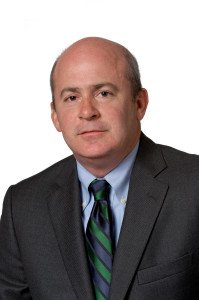 Chris Donelan, President and Chief Underwriting Officer, Endurance Re U.S.
Chris Donelan, President and Chief Underwriting Officer, Endurance Re U.S.
Consolidation will certainly get the market’s attention. As an industry, we are in a unique phase of consolidation of distribution companies and also underwriting companies that are combining across the full spectrum of sizes. This trend, if it continues in 2016, will continue to put pressure on the market in terms of availability of products until the inevitable market reset due to a significant loss event. So for 2016, I could foresee some opportunities for reinsurers that are nimble and close to their markets so that they can differentiate themselves by helping clients through these challenges.

Gregory S. Hendrick, Executive Vice President and Chief Executive, Reinsurance Operations, XL Catlin
Collectively, they are all having an impact in 2015, but the driver is the classic supply/demand equation. Between retained earnings and alternative capital entering the market, supply remains at elevated levels. At the same time, increased buyer retentions and industry consolidation has kept demand fairly level from a global perspective.
Looking ahead, we see cedents continuing to narrow their panel of reinsurers from what used to be as many as 100 reinsurers to more like 10-20. In general, they want to work only with reinsurers that can engage with them on a global basis across their entire suite of reinsurance protections.
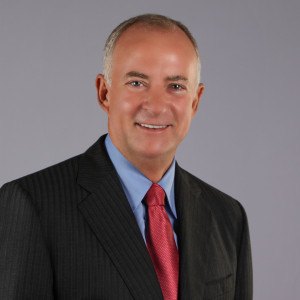 Bill Donnell, President of U.S. Property/Casualty, Swiss Re
Bill Donnell, President of U.S. Property/Casualty, Swiss Re
There are a number of these that have had an impact, so I don’t believe you can pick just one.
In the short term, alternative capital is causing downward pressure on rates. But we think nat-cat activity will return to a more normal level, and when it does, some capital will exit. We’re in a cyclical industry, and we’ve been through soft cycles before. If you are a strictly U.S.-focused property-cat company, then alternative capital has likely had an impact. But if you are a well-diversified global firm that offers a lot of additional services like risk modeling, structuring and claims handling, then it has been less disruptive.
The impact of BCAR will be applied to all companies. But based on the [proposed] changes, the impact may be felt to a greater degree by companies with smaller, less diversified premium bases. A change to the current BCAR model will force companies to look again at their capital adequacy. In addition, implementation of the new methodology may impact companies disproportionately due to a lack of diversification from a number of factors: lines of business, states, investments, reinsurance and others.
Companies are definitely looking for support in the context of enterprise risk management, capital management, and reinsurance structure development and execution. By using risk transfer mechanisms, like proportional reinsurance, insurance companies have the opportunity to facilitate growth and diversify their holdings.
Finally, consolidation is a response to the squeeze on middle-tier specialist insurers and reinsurers. M&A activity has picked up in the past year with almost 500 deals completed in 2014 in the insurance industry overall (including intermediaries and life insurers), though that’s still below the pre-crisis level of around 650 deals. [Source: Swiss Re’s sigma study, “M&A in insurance: start of a new wave?” published in May 2015.] M&A is likely to continue as companies look to deploy capital in strategic or defensive acquisitions, and as regulatory changes, regional expansion opportunities or specialized underwriting capabilities lead to M&A.
(Editor’s Note: Donnell is set to leave Swiss Re on Dec. 7 to become president and CEO of the National Council on Compensation Insurance.)
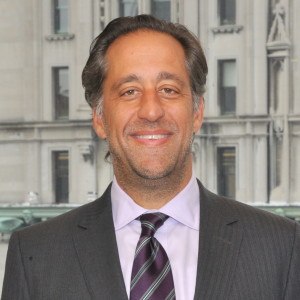 Michael Sapnar, CEO, TransRe
Michael Sapnar, CEO, TransRe
In my opinion, reinsurance is capital. We’re selling capital. So the biggest issue for us is the central banks. We build shareholder value by underwriting risk and investing assets. With an artificially low interest-rate environment, the leverage that we had of investable assets to equity is worth less. It’s harder to get good returns when the leverage is less valuable.
In addition, when central banks make capital this cheap, it competes with us because instead of buying reinsurance, it’s easier and cheap for people to issue debt. You’ve seen a lot of people leverage up because of the low cost…
An added challenge: The good results of the cedents mean they have stronger balance sheets and less of a demand for reinsurance. So if I think about what worries me the most, it’s not about competing against my peers. It’s about people continuing to buy reinsurance. What drives buying is that people either need capital or they have uncertainty about their risks…
Information technology and modeling have made insurance companies far more comfortable with the risks they have on their balance sheet. When you did your aggregate for Florida on index cards on the left corner of your metal desk, it took five weeks to figure out what your loss was—and you probably didn’t even know your total exposure. So you bought reinsurance. Now people are asked what the loss will be before the storm happens.
It’s uncertainty and capital needs that really drive demand for our product, and right now those are low.
Things like cyber, things like flood coming out of federal programs, things like terrorism, interest rates rising, mergers and acquisitions, which should take some capital out—those types of things will ultimately put demand and supply in a better balance where, I think, longer term, the prospects improve for us.
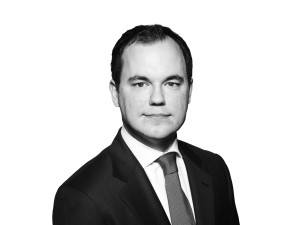 Mike Krefta, Chief Underwriting Officer, Hiscox Re
Mike Krefta, Chief Underwriting Officer, Hiscox Re
All these factors have a significant role to play, but probably the biggest issue is the enormity of excess capital from both the alternative markets and the traditional players searching for yield in the reinsurance space. I think this will drive the fundamentals in the reinsurance market for the foreseeable future.
 Tad Montross, Chair and CEO, General Re Corp.
Tad Montross, Chair and CEO, General Re Corp.
The past couple years have been a perfect storm. Insurance companies ceding less reinsurance; capital markets’ increased interest in cat bonds and in the reinsurance business, as well as tougher regulatory standards. I think the suppression of interest rates for over seven years and the benign cat experience make the future very hard to predict. A reversal of either or both of these phenomena could result in a significant reduction in supply and an increase in demand at the same time.





















 Breaking: Andersen to Replace Zaffino as CEO of AIG on June 1
Breaking: Andersen to Replace Zaffino as CEO of AIG on June 1  Is the AI Boom a Bubble Waiting to Pop? Here’s What History Says
Is the AI Boom a Bubble Waiting to Pop? Here’s What History Says  What to Expect in 2026: U.S. P/C Results More Like 2024
What to Expect in 2026: U.S. P/C Results More Like 2024  Rebuilding Negotiation Talent: Why This Skill Is Missing and How to Fix It
Rebuilding Negotiation Talent: Why This Skill Is Missing and How to Fix It 









